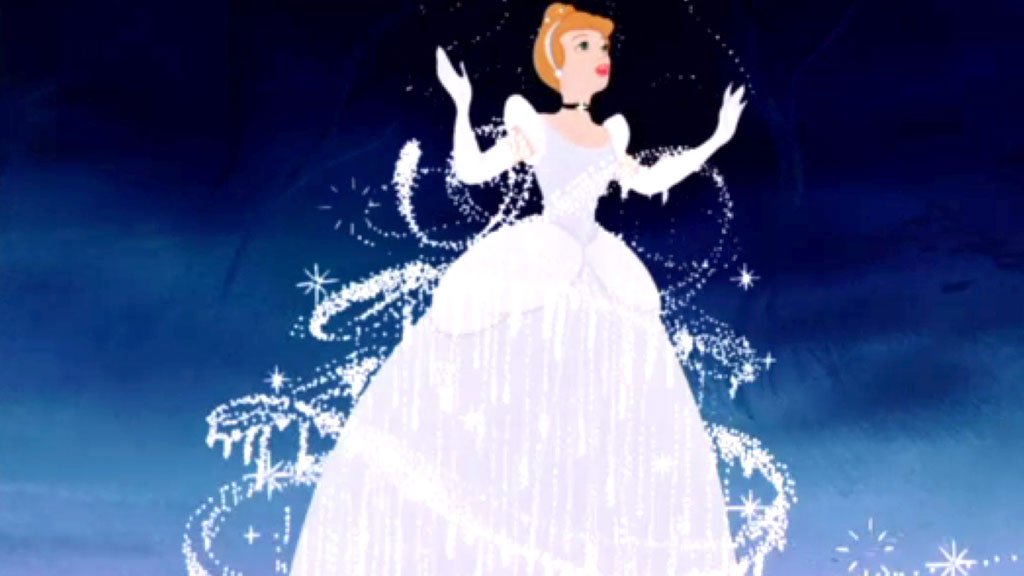Do you know that the original Cinderella wasn’t exactly the sparkly fairy-tale we imagine today — it had some sharp knives and blood-soaked shoes.
Yes, that’s true! The original versions of the Cinderella fairy tale were often much darker and more gruesome than the sanitized versions we know today, like the one popularized by Disney.
One of the earliest known written versions comes from Giambattista Basile’s Pentamerone (1634), where the story appears as La Gatta Cenerentola (“The Cat Cinderella”). In this version:
Cinderella (named Zezolla) murders her stepmother at the urging of her governess, who then becomes the new stepmother and brings in six wicked daughters of her own.
There’s quite a bit of manipulation, treachery, and general grimness.
Later, the Brothers Grimm’s version, Aschenputtel (1812), added more brutality:
The stepsisters cut off parts of their feet (toes and heels) to fit into the slipper.
Birds peck out the eyes of the stepsisters at the end as punishment for their cruelty before Cinderella’s wedding with the prince.
These elements reflect the tone of many older folktales, which were often cautionary and not originally meant for children. The more familiar, gentler version of Cinderella — with fairy godmother, pumpkin carriage, and all — comes from Charles Perrault (1697), who softened the tale and added magical elements to suit aristocratic French tastes.




